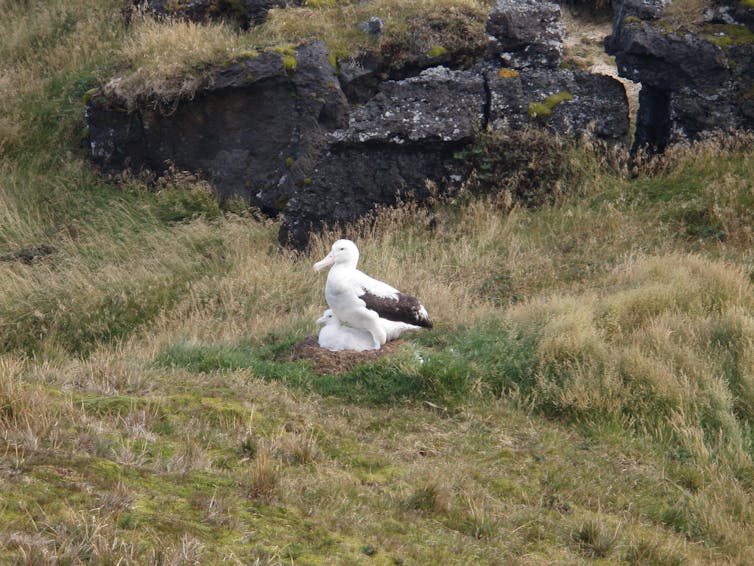The fascinating compound eyes of insects are made up of hundreds of individual eyes known as “facets”. In the course of evolution, an enormous variety of eye sizes and shapes has emerged, which are often adaptations to different environmental conditions. Scientists led by an Emmy Noether research group at the University of Göttingen, together with scientists from the Andalusian Center for Developmental Biology (CABD) in Seville, have shown that these differences can be caused by very different changes in the genome of fruit flies. The study was published in the journal Molecular Biology and Evolution.
Anyone who has seen hoverflies maneuver through the air and change direction at lightning speed has likely seen an attempt at mating in which the male chases a fast-moving female with breathtaking accuracy. In order to perform this special visual task, the giant compound eyes of hoverflies consist of up to 6,000 individual facets. There are special individual facets that are directed towards the sky and have a particularly high resolution. In contrast, bark beetles, which dig in wood most of the time, rarely rely on visual information. Therefore, they developed very small eyes with a maximum of 300 facets. “This enormous diversity is particularly impressive because previous comparative studies have shown that the development of insect eyes and our own eyes are controlled by very similar processes and genes,” says Dr. Nico Posnien from the University of Göttingen, the head of the study. “It is especially exciting to understand how such a variety of sizes and shapes of eyes can arise in the face of very similar genes.” Since many of the proteins encoded by genes work together in regulatory networks to direct the development of complex organs, the question arises whether similar differences in eye size are caused by changes in similar locations within the networks. As a model for their study, the researchers used several species of the genus Drosophila, some of which we would recognize as the pesky fruit flies that can be found in every kitchen.
A Drosophila species native to Mauritius has up to 250 more facets than a closely related species. Although the basic developmental processes in the two species studied are very similar, numerous differences in their genomes were found that could explain the observed differences in eye size. A detailed analysis of eye development in both species suggests that changes in an important central node in the gene network lead to the formation of significantly larger eyes in the species native to Mauritius. “Interestingly, in similar work on other Drosophila species, changes were observed in completely different nodes. Therefore, our data show that differences in the number of facets can be caused by very different mechanisms,” summarizes the study’s lead author, Dr. Elisa Buchberger from the University of Göttingen.
“The new data suggest that differences in the number of individual eyes in different Drosophila species have evolved independently of one another several times,” says Dr. Micael rice. He is the first author of a study that was published by the Göttingen research group last year. Overall, the work of the Göttingen group contributes to a better understanding of the evolution of complex organs. Some of the methods established in this study could also be applied to studies in animal and plant breeding, especially changes in the genome that affect complex traits such as milk production or fruit size. “In a next step, we want to understand whether the different eye sizes have an influence on the eyesight and find out whether they are related to the lifestyle of the different fly species,” says Posnien.
Source of the story:
Materials provided by University of Göttingen. Note: The content can be edited by style and length.









